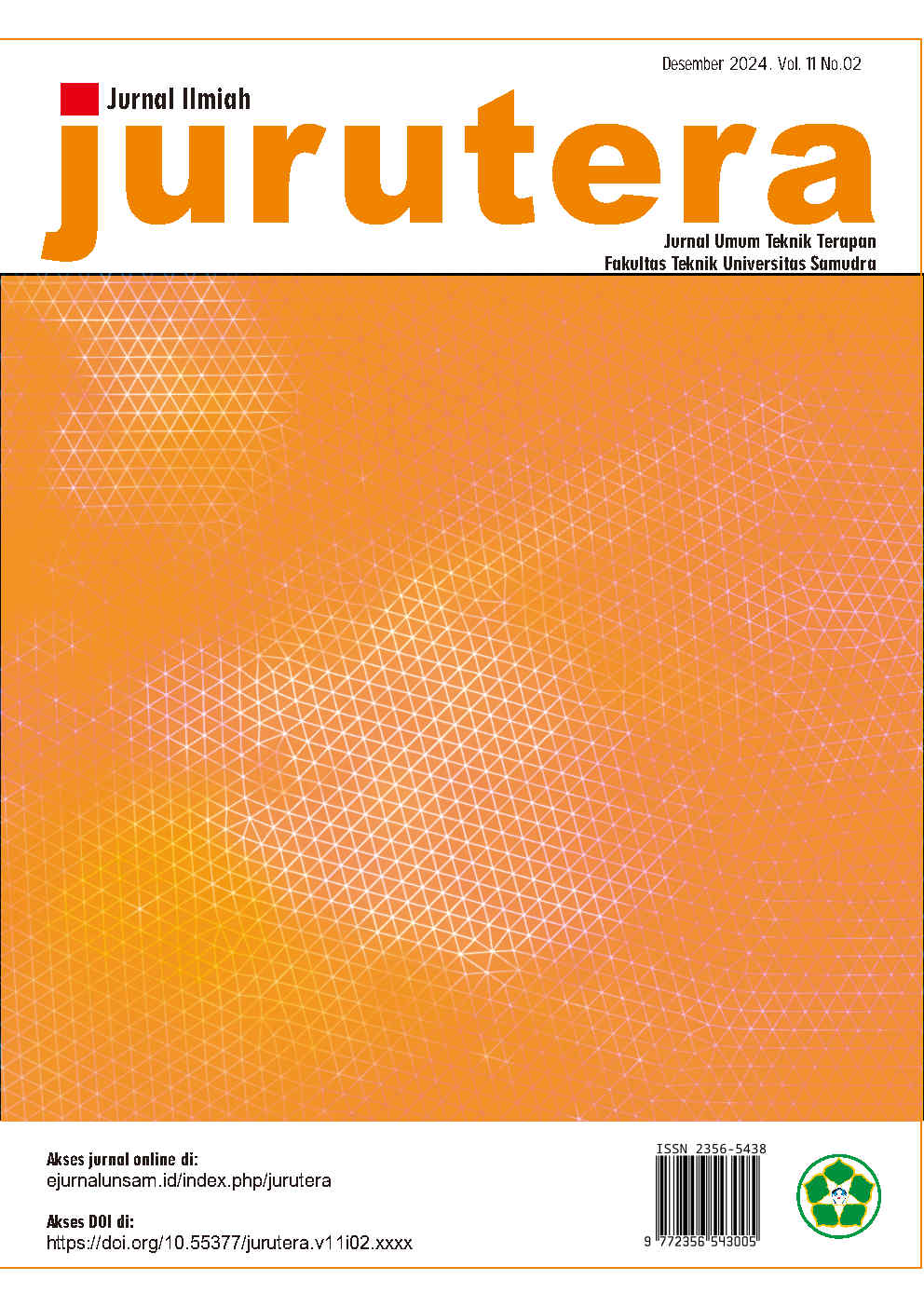The Effect of Greenery Façade on Thermal Comfort in Multipurpose Building at Universitas Samudra
Abstract
Global climate change causes environmental temperatures to rise resulting in thermal comfort problems in humans. Thermal comfort is needed by humans in their daily lives. If thermal comfort is not met properly, it can inhibit activity, and reduce the quality of life. Humans spend 87% of their time in the building performing various activities. To improve thermal comfort in the building, air conditioning systems such as air conditioners are needed, but increased use of air conditioners will increase electricity consumption. Samudra University's multipurpose building with a glass envelope and orientation of the building in the direction of the rising sun results in direct solar radiation entering the building. The wave nature of solar radiation when it enters the glass becomes a short wave and cannot return through the glass to get out so the temperature inside increases. To minimize radiation entering the building, it is necessary to add a green facade that can absorb solar radiation heat. However, studies on the effect of green facades on buildings with glass material envelopes are still unknown. The purpose of this research is to examine how the influence of solar radiation entering the Samudra University multipurpose building on thermal comfort with experimental study methods and MATLAB simulations to obtain a thermal comfort index. The results showed that with the green façade, the indoor temperature at 12:46 pm was 38.16 ºC in the part planted with plants, while the top of the room was the hottest part because at the top there was no obstruction from the sun on the roof of the building. Based on the simulation results show that the green façade of heat entering the building undergoes absorption first so that the temperature inside the building is lower than the environment which will improve thermal comfort.
Copyright (c) 2024 Amalia Harmin, Rizka Musfirah, Rita Syntia

This work is licensed under a Creative Commons Attribution 4.0 International License.
All copyright for all articles belongs to the authors.














